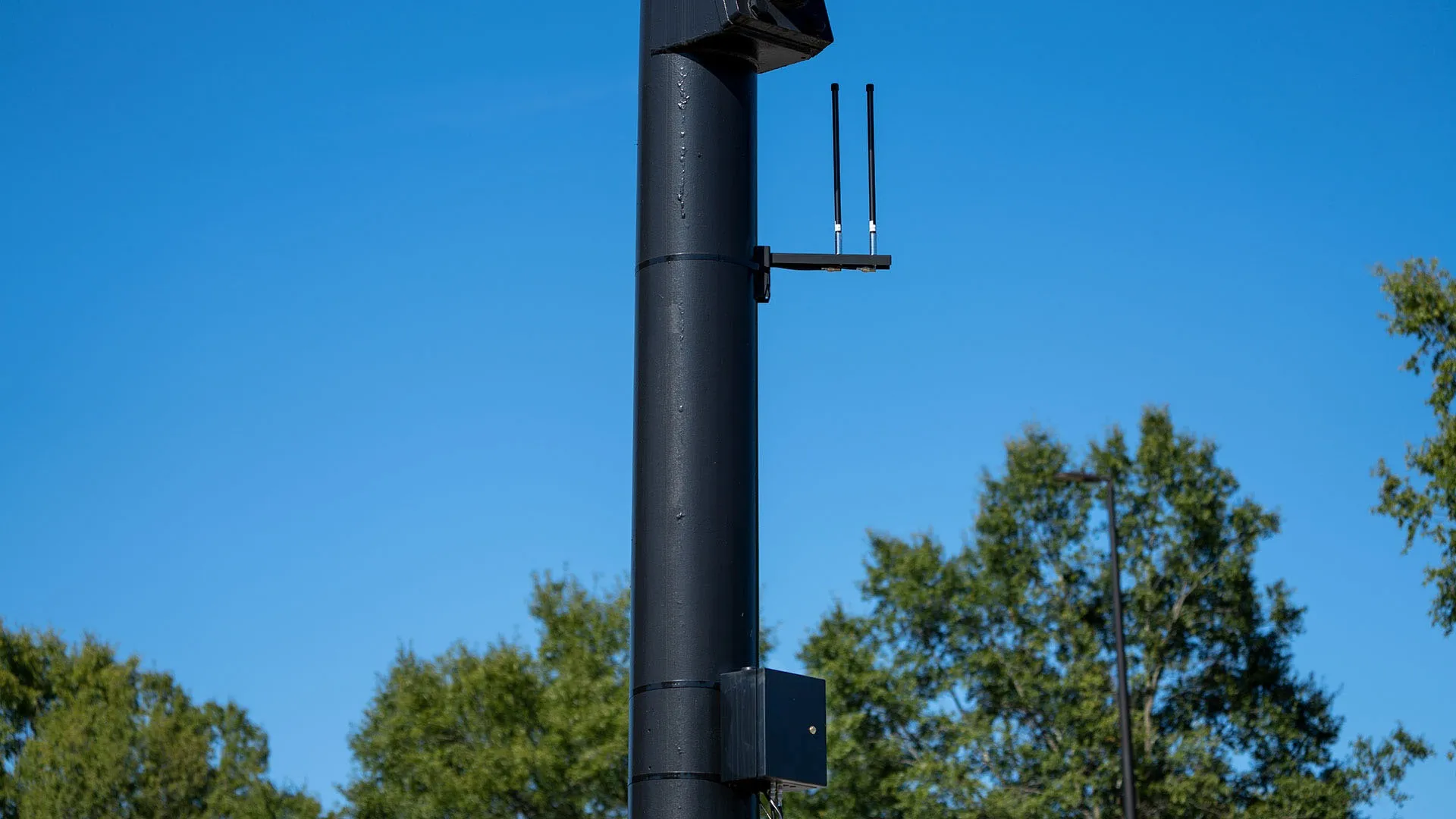Telit Wireless Solutions, a specialist in machine-to-machine (M2M) technology, has announced that its CC864-DUAL cellular M2M module will provide connectivity for the advanced wireless ignition interlock device from Consumer Safety Technology (CST). The Intoxalock Home and Mobile eLERT (Electronic Live Event Reporting Technology) devices are units which combine the reliability of the Intoxalock ignition interlock device with Telit’s CC864-DUAL to allow law enforcement officers, fleet managers and even paren
April 16, 2012
Read time: 2 mins
“By equipping the Intoxalock eLERT with advanced wireless capabilities, we are able to offer up-to-the-minute monitoring and GPS tracking that allows monitoring authorities to securely check on potential intoxicated motorists, including previous DUI offenders, fleet drivers, and even loved ones to reduce liability and keep our roads safer,” said Scot Lewton, vice president of CST. “Telit’s compact modules were easily integrated into the unit design, allowing us to maintain portability while providing reliable, product-enhancing cellular connectivity.”
The new Intoxalock Home and Mobile eLERT units instantly upload breath sample information to Intoxalock’s secure online WebLog reporter. Enabled by the Telit CC864-DUAL module with GPS capabilities, authorities can also access essential driving information, including a vehicle’s coordinates, speed and route, with date and time stamps to remotely monitor offenders. To ensure user adherence, the Intoxalock unit includes a small, mountable camera for positive identification of the sample provider and sensors to detect tampering or device circumvention.








